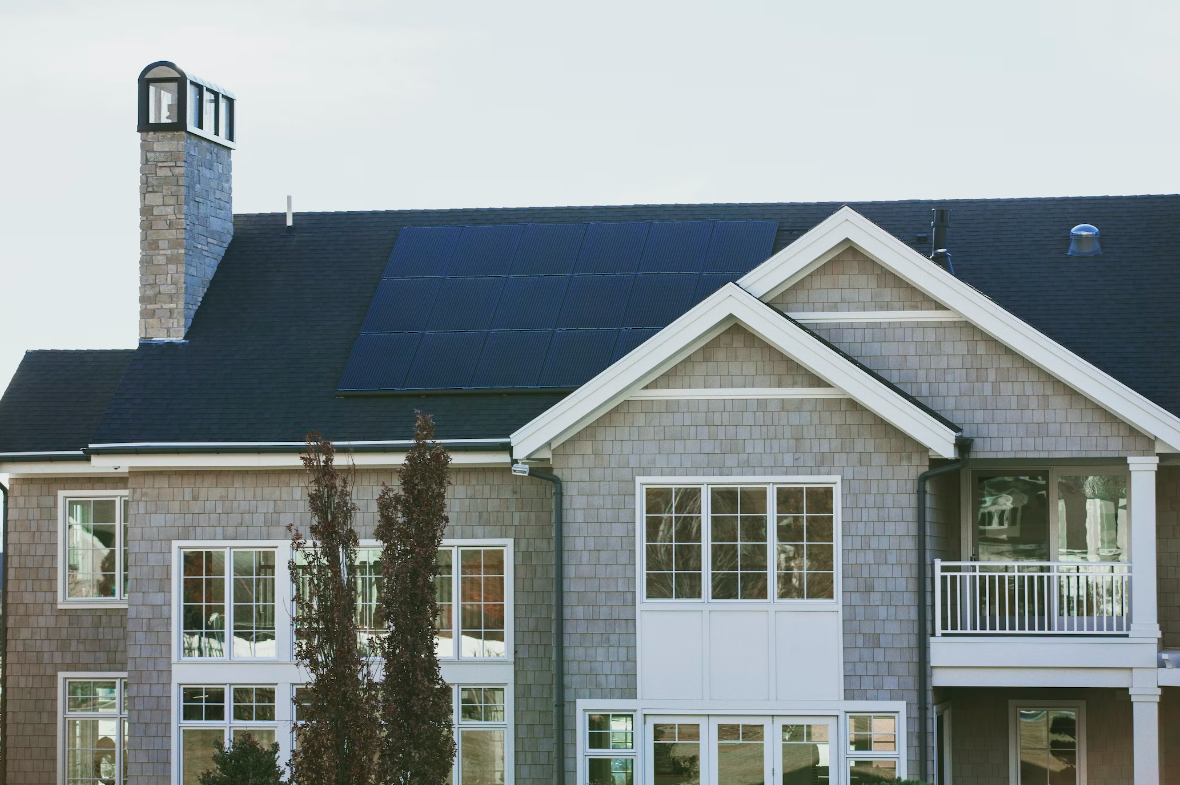
With the growing concern for the environment and the rising cost of traditional energy sources, more and more homeowners are turning to home solar energy as an alternative means of power. But how exactly does it work? This blog post will discuss the basics of home solar energy and how it can help you save money while reducing your carbon footprint.
The Solar Panels
Everything starts with the solar panels. These panels, which are usually made up of photovoltaic (PV) cells, are responsible for capturing energy from the sun. When the sunlight hits the panels, it creates an electric field that allows electrons to flow, generating an electrical current. This current is then sent to an inverter for conversion into usable electricity. When installing solar panels, it’s important to consider factors such as the angle, orientation, and shading of the panel to optimize its performance. Professional solar services can help you determine the best location and design for your panels.
The Inverter
As mentioned earlier, the inverter is responsible for converting the direct current (DC) generated by the solar panels into alternating current (AC), which is more suitable for home use. This is because most home appliances run on AC. The inverter also helps regulate the voltage and frequency of the electricity to ensure safe and efficient use. The inverter is typically installed either inside the house or outside near the panels. Some inverters also come with monitoring systems that allow you to track your energy production and consumption.
The Meter and Battery Storage
If you generate more electricity than you consume, the excess energy goes back to the grid and you can earn credits or receive payments for it. This is done through a special meter installed by your electric utility company. On the other hand, if you consume more than you generate, the difference will be drawn from the grid. Some homeowners also opt for battery storage systems to store extra energy that can be used during power outages or at night when the panels are not generating energy. These batteries can be charged by the solar panels during the day and used at night when the solar array is not working.
Maintenance and Upkeep
While solar panels require minimal maintenance, it’s important to have regular inspection and cleaning to ensure their optimal performance. This includes checking for any damages or debris on the panels, as well as monitoring the output and efficiency of the system. It’s also recommended to have a professional service provider conduct regular maintenance and upkeep to guarantee the longevity of your solar energy system. You may need to hose off or wipe down the panels with a soft cloth or brush to remove dirt, debris, or snow accumulation. Your solar service provider can also conduct a full system check and perform any necessary repairs or replacements.
Benefits of Home Solar Energy
Solar energy offers many benefits for homeowners, including a reduction in energy bills, protection against rising energy costs, and decreased carbon footprint. It is a renewable and sustainable energy source, making it an environmentally-friendly choice. Additionally, government incentives and tax credits are often available for homeowners who install solar panels. Moreover, homeowners who invest in solar energy may also be eligible for federal tax credits or local incentives, further reducing their investment cost.
Switching to home solar energy offers not only a practical and cost-effective solution to rising energy costs, but also a big step towards environmental sustainability. Understanding the basic components and the installation process can help you make informed decisions and enjoy the full benefits of this alternative energy source. Whether you aim to reduce your carbon footprint or just want to save money while gaining energy independence, going solar is undoubtedly a wise and rewarding investment.


